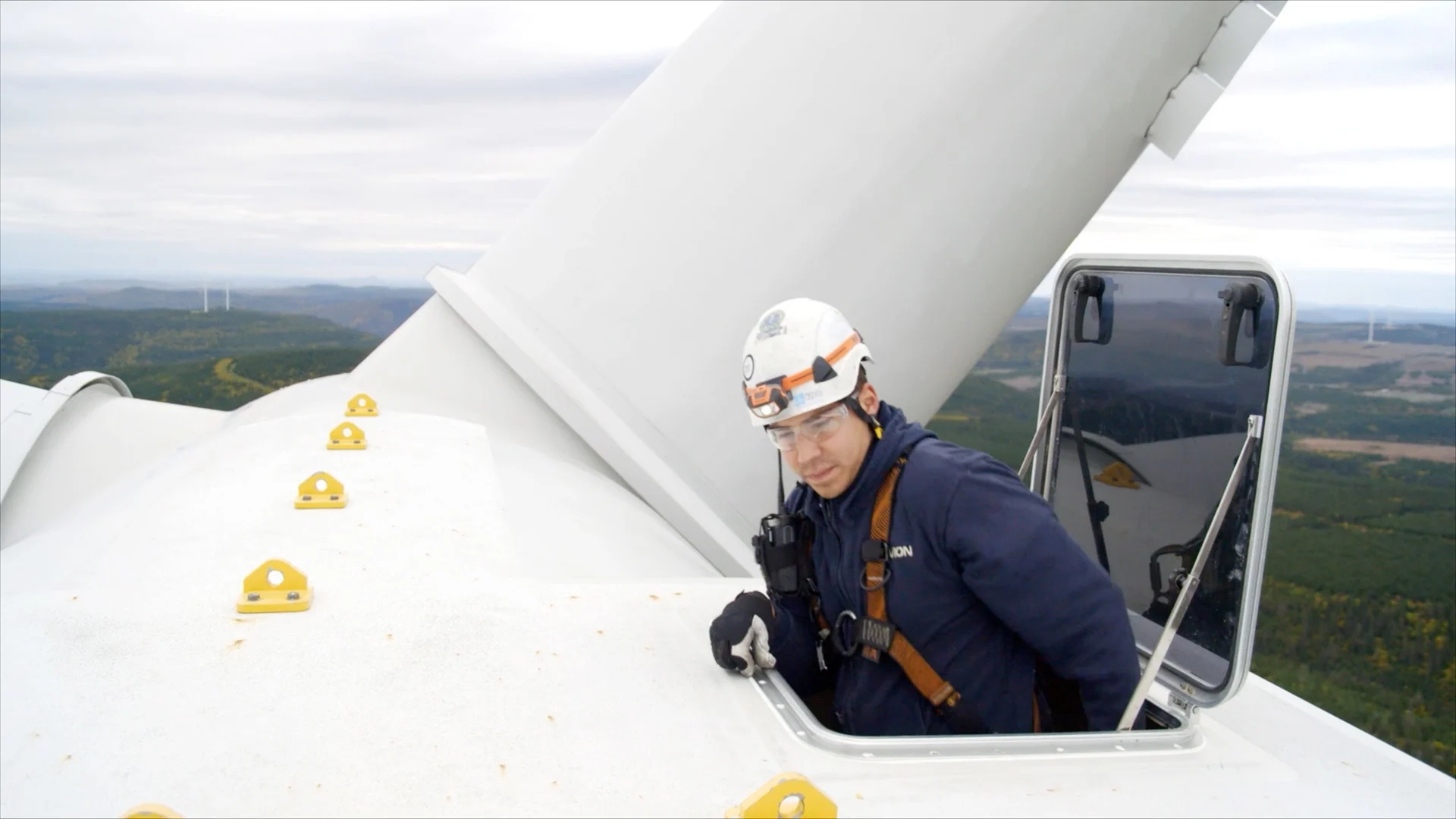
Indigenous-owned wind farm is thriving in one of Quebec's windiest regions
Indigenous communities in the Gaspé Peninsula have successfully developed independent energy projects that are bringing economic prosperity and electricity to thousands of households.
Quebec’s Gaspé Peninsula is home to some of the strongest sustained winds in Canada and has become a renewable energy hotspot.
Melina Laboucan-Massimo, one of Canada’s leading climate change activists and the host of Power to the People, visited Gaspé to learn more about how the Mi’gmaq communities of Listuguj, Gespeg, and Gesgapegiag are generating revenue through wind power.
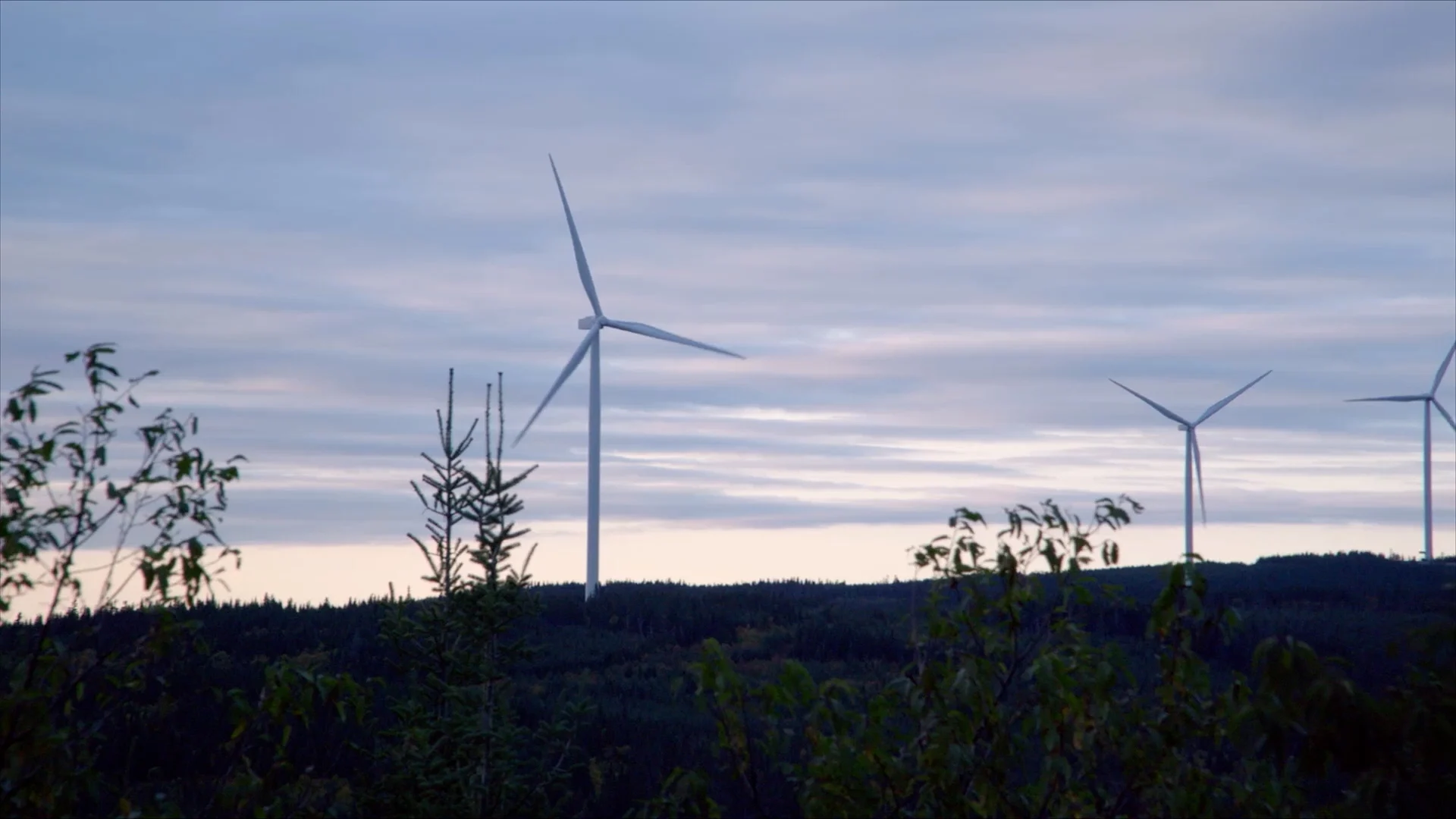
Wind turbines that bring clean energy to Listuguj Mi'gmaq First Nation. (Power to the People)
The three communities partnered together to form the Mi’gmawei Mawiomi Business Corporations and construct a wind farm rather than going to the individual companies generating wind power in that area to negotiate royalties.
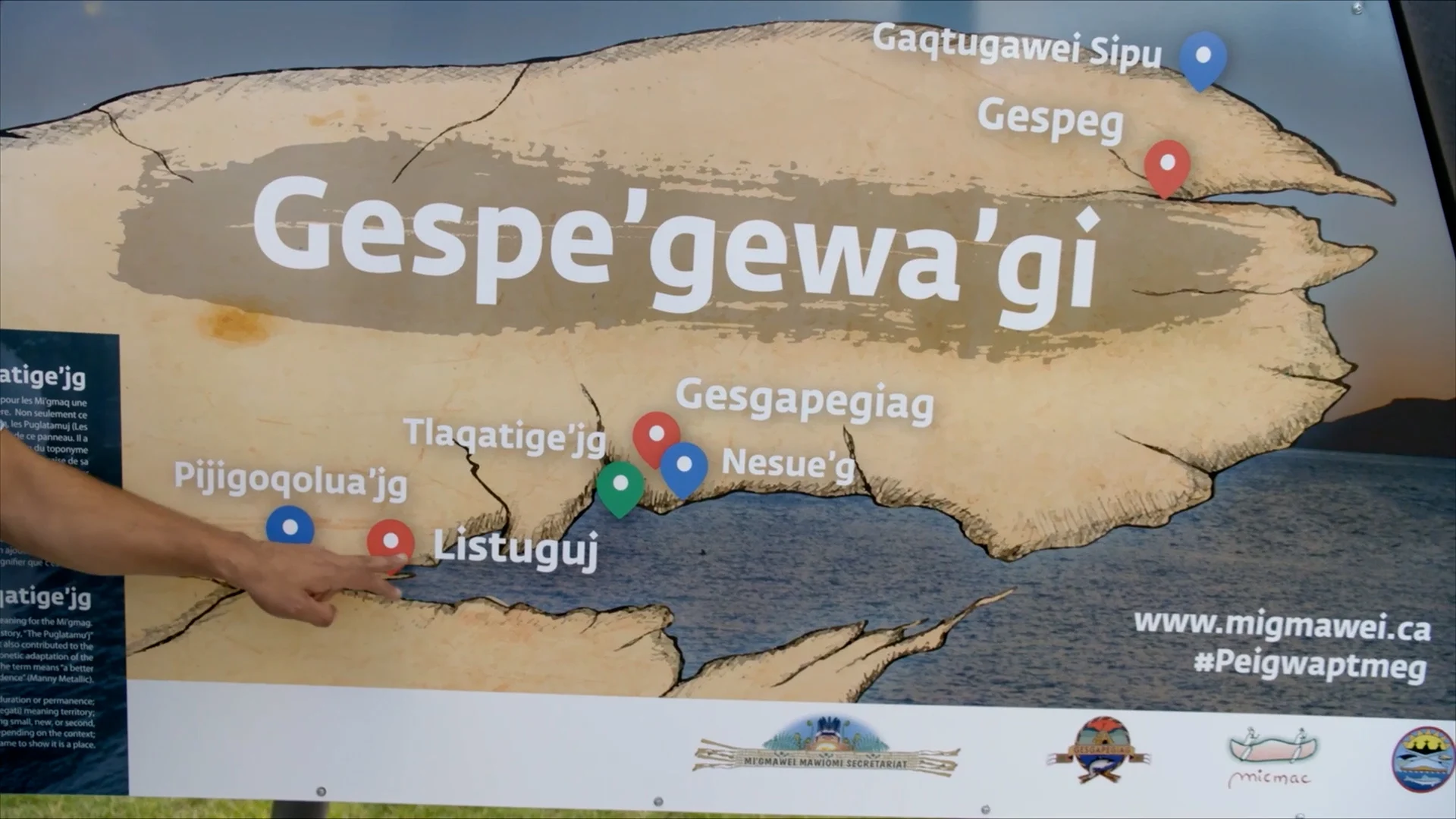
The three communities of the Mi'gmaq are marked with red locators on the Gespe'gewa'gi map. (Power to the People)
Today, the Mesgi’g Ugju’s’n wind farm has 47 wind turbines expected to generate approximately $200 million for the three Mi’gmaq communities over a 20-year period. The total installed capacity of 150 MW is enough to provide electricity to around 30,000 homes.
The local economy has significantly benefited from the wind farm project, which employs over 100 individuals from the three partnering communities. Some of the profits from the project have been used to develop recreational infrastructures such as a playground, community ice rink, and youth facility.
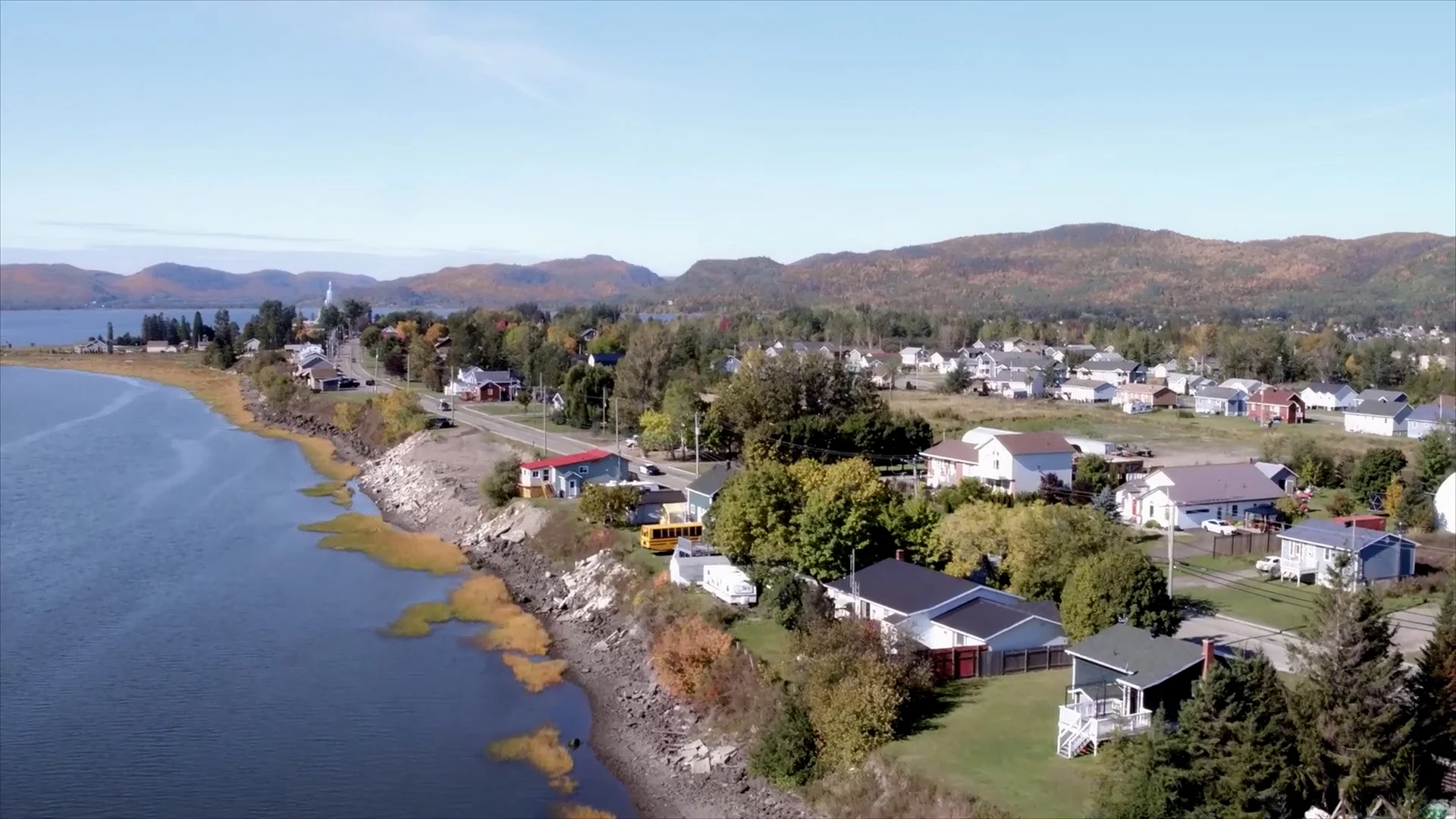
An aerial view of the Listuguj Mi'gmaq First Nation. (Power to the People)
Laboucan-Massimo also visited Nergica, the Gaspé’s leading wind research institution that features a microgrid powered by two wind turbines, a diesel generator, and solar panels. Nergica functions as a test site and researches how a mix of renewable energy sources can be optimized and eventually deployed to the hundreds of remote off-grid communities across Canada.
The wind turbines at Nergica only need wind speeds of 10-15 km/h to produce energy, but wind speeds at 80 km/h were recorded during Laboucan-Massimo’s visit. The turbines can generate around 4.1 MW when operating at full capacity, which can provide electricity to 500 houses.

A wind turbine at the Nergica facility. (Power to the People)
Nergica also provides educational resources and employment opportunities to local Indigenous youth interested in pursuing clean energy careers.
To learn more about how youth are participating in the green energy transition, Laboucan-Massimo paid a visit to the Gaspé Community School to speak with a class of students.
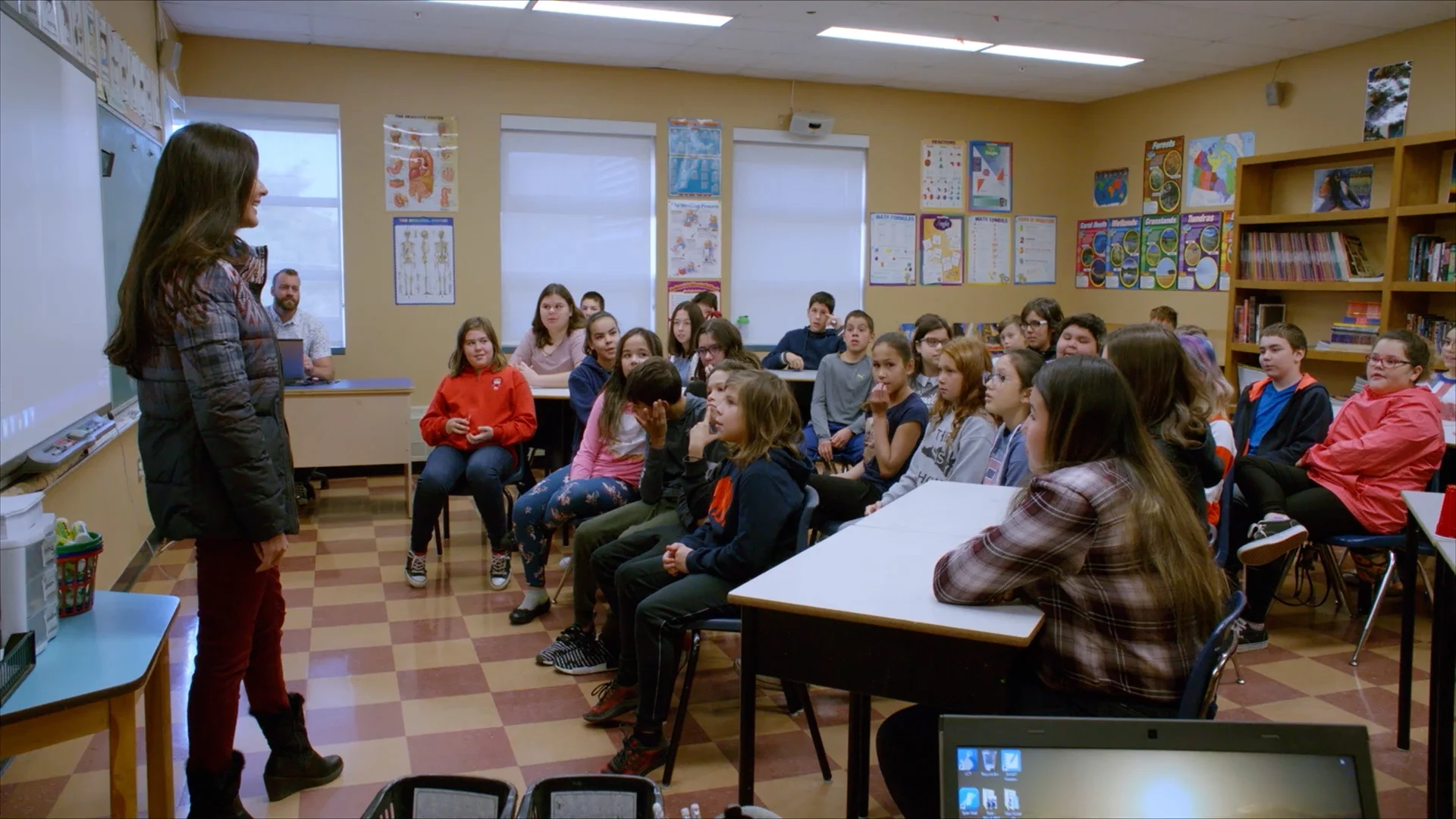
Laboucan-Massimo speaking with a class at Gaspé Community School about climate change and renewable energy. (Power to the People)
“Speaking with our youth about renewable energy is one of the best things about my work,” said Laboucan-Massimo before giving a presentation about renewable energy and her climate activism.
“One of the amazing things that I saw at the school was that investing in renewable energy has brought about revenue that will be put into Miꞌkmaq language programs, but is also bringing about energy literacy for young people,” she added.
Watch the video above to learn more about how the booming renewable energy industry in the Gaspé Peninsula is bringing energy independence and economic prosperity to local Indigenous communities.
Thumbnail image: Duke Metallic, a technician at the Mesgi’g Ugju’s’n wind farm. (Power to the People)
Editor's note: An earlier version of this article included factual inaccuraces about the supreme court case mentioned in the video. We have since updated that section.











